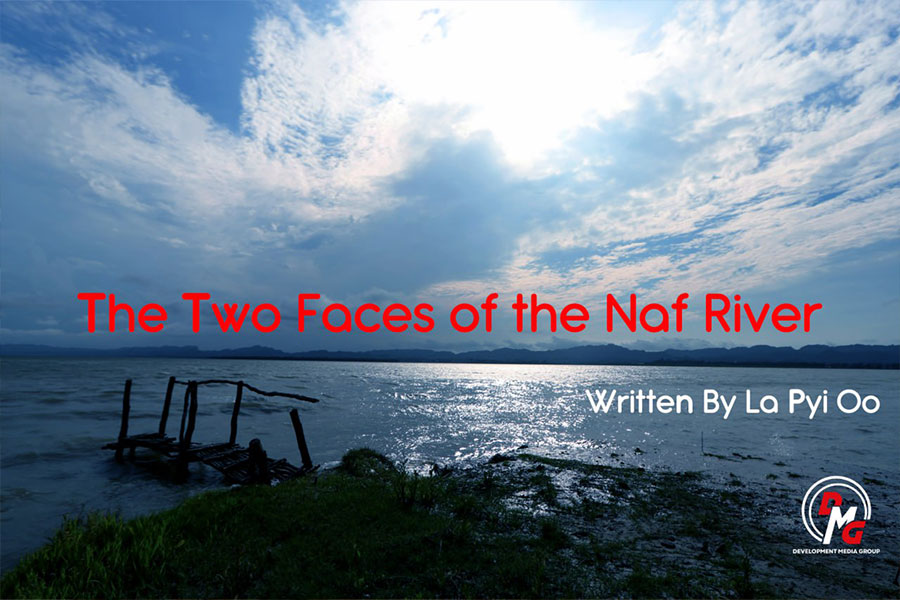- Junta unable to hold elections in dozens of wards and village-tracts in Sittwe, Kyaukphyu
- Fighting escalates between Myanmar military, Arakan Army in Ayeyarwady Region
- Regime steps up civilian arrests in Sittwe
- ULA safeguards Mrauk-U's ancient heritage
- Arakan on the Edge: What the DMG Landmine Impact Report Reveals About Myanmar's Deepening Humanitarian Crisis
Editorial: What Does a ‘Humanitarian Truce’ Mean?
At least 594 people were detained by the Myanmar military during that period. At least 59 others were detained by the AA, and the number of people displaced by the fighting topped 230,000 by August 2020.
11 Dec 2022

The Myanmar military and Arakan Army (AA) observed a temporary ceasefire on November 26, following months of renewed hostilities that began in earnest earlier this year in northern Arakan State.
Tens of thousands of people were displaced by the fighting. At the very least, 26 people were killed and 11 people were injured, with some 250 people still in junta custody.
AA spokesman U Khaing Thukha said, at the armed group’s latest press conference on November 28, that there are good chances that detainees would be released. But detainees have not yet been released in a meaningful way.
In the previous fighting from December 2018 to November 2020, at least 308 civilians were killed, 702 others were injured and at least 25 went missing in Arakan State and neighbouring Chin State’s Paletwa Township.
At least 594 people were detained by the Myanmar military during that period. At least 59 others were detained by the AA, and the number of people displaced by the fighting topped 230,000 by August 2020.
Through the good office work and endeavours of Nippon Foundation chairman Yohei Sasakawa, some 150,000 internally displaced people (IDPs) were able to return to their homes in over one year, starting with the ceasefire in November 2020.
The latest truce was also brokered by Sasakawa. Some 100,000 IDPs still can’t return to their homes in Arakan State and Paletwa Township, Chin State.
Despite the so-called ceasefire, military tensions remain high on the ground. AA spokesman U Khaing Thukha told a recent press briefing that fighting could erupt anytime.
Despite the truce, the Myanmar military continues to arrest residents. The fact that ward and village administrators in some townships in northern Arakan State have resigned en masse shows that military tensions remain high in Arakan.
Following the ceasefire, the regime has reopened roads and waterways that it had blockaded, citing the fighting. The regime has done so not in the interests of people in Arakan, but rather to restock its battalions in Arakan State. Junta food convoys along the Yangon-Sittwe road, and food flotillas in the sea, are a testimony to this.
As the AA has said, the truce is temporar. Local residents should exercise great caution and prepare for potential fighting renewed.
On the other hand, the ceasefire enabled some local farmers to reap their paddy fields, and the subsequent lifting of travel restrictions somewhat facilitated commodity flows. This is the benefit that locals have enjoyed from a lull in the fighting.
There is no doubt that an informal ceasefire will not stop the AA from continuing to pursue its political objectives. The ceasefire on the Arakan Front gives the Myanmar military regime breathing space as it is fighting a war on multiple fronts.
In Myanmar as is the case in many other places across the globe, military confrontations happen because political problems can’t be solved politically, around a table. A ceasefire without any political agreement could collapse at any time, and we will wait and see how long the latest truce will last.




















